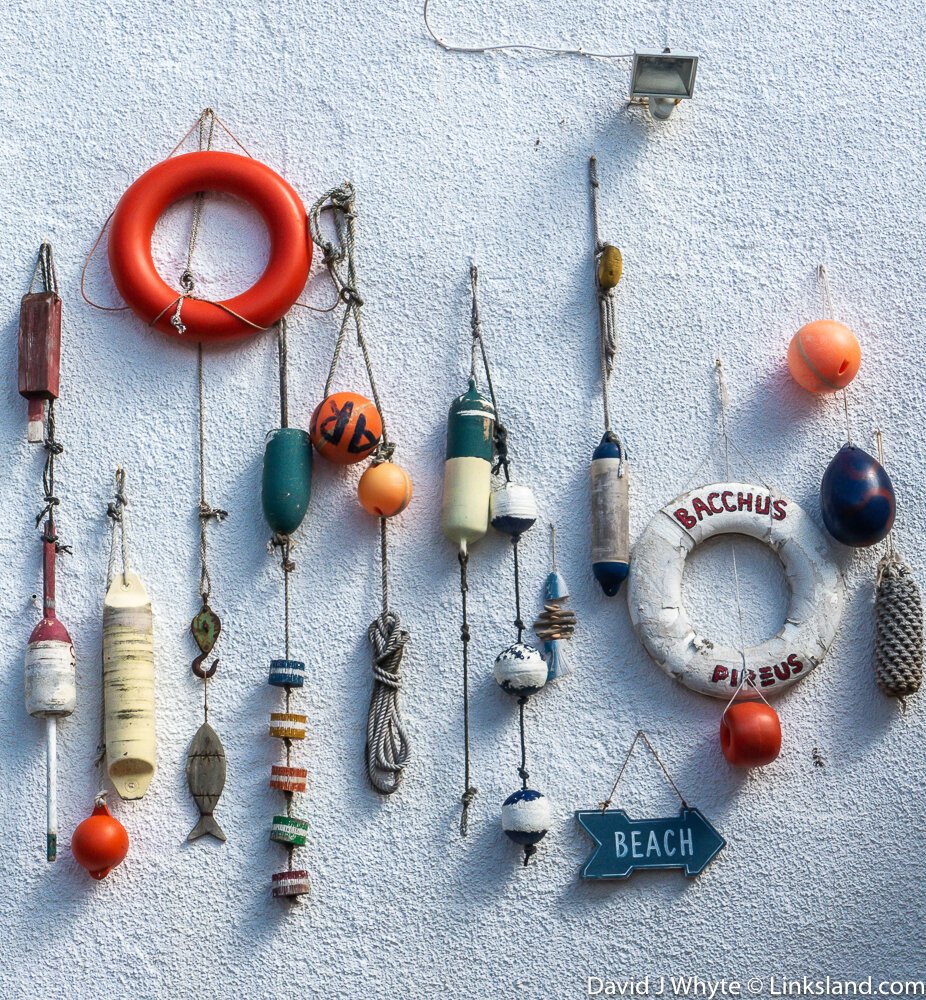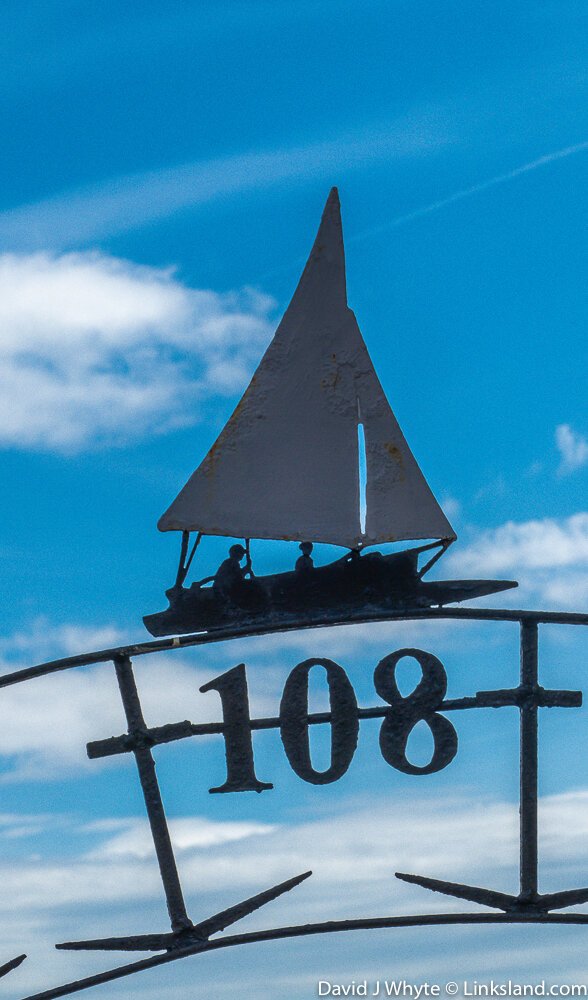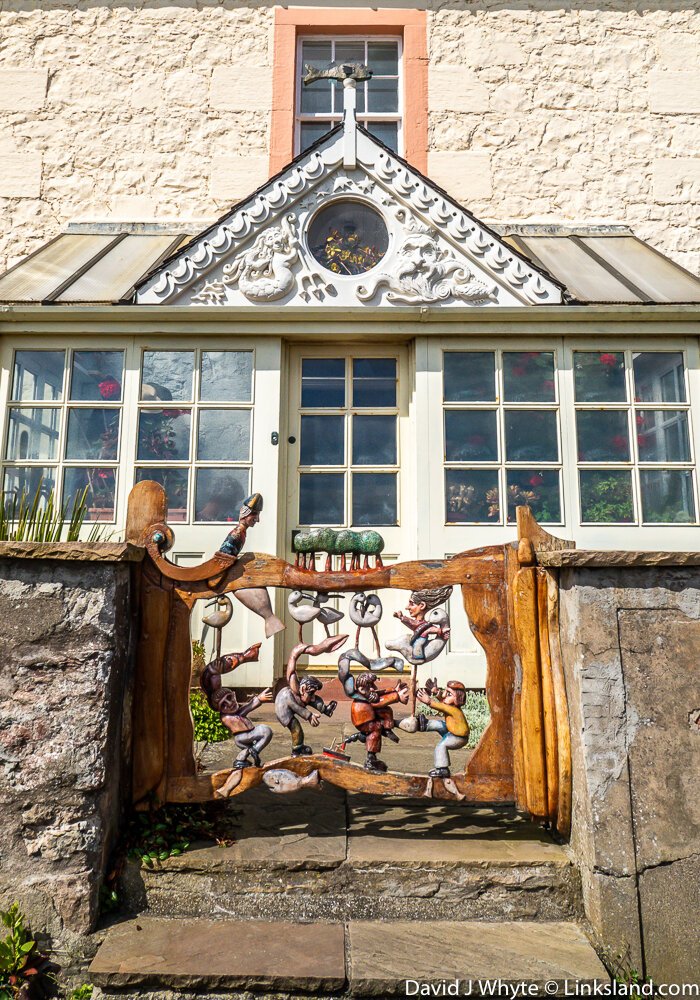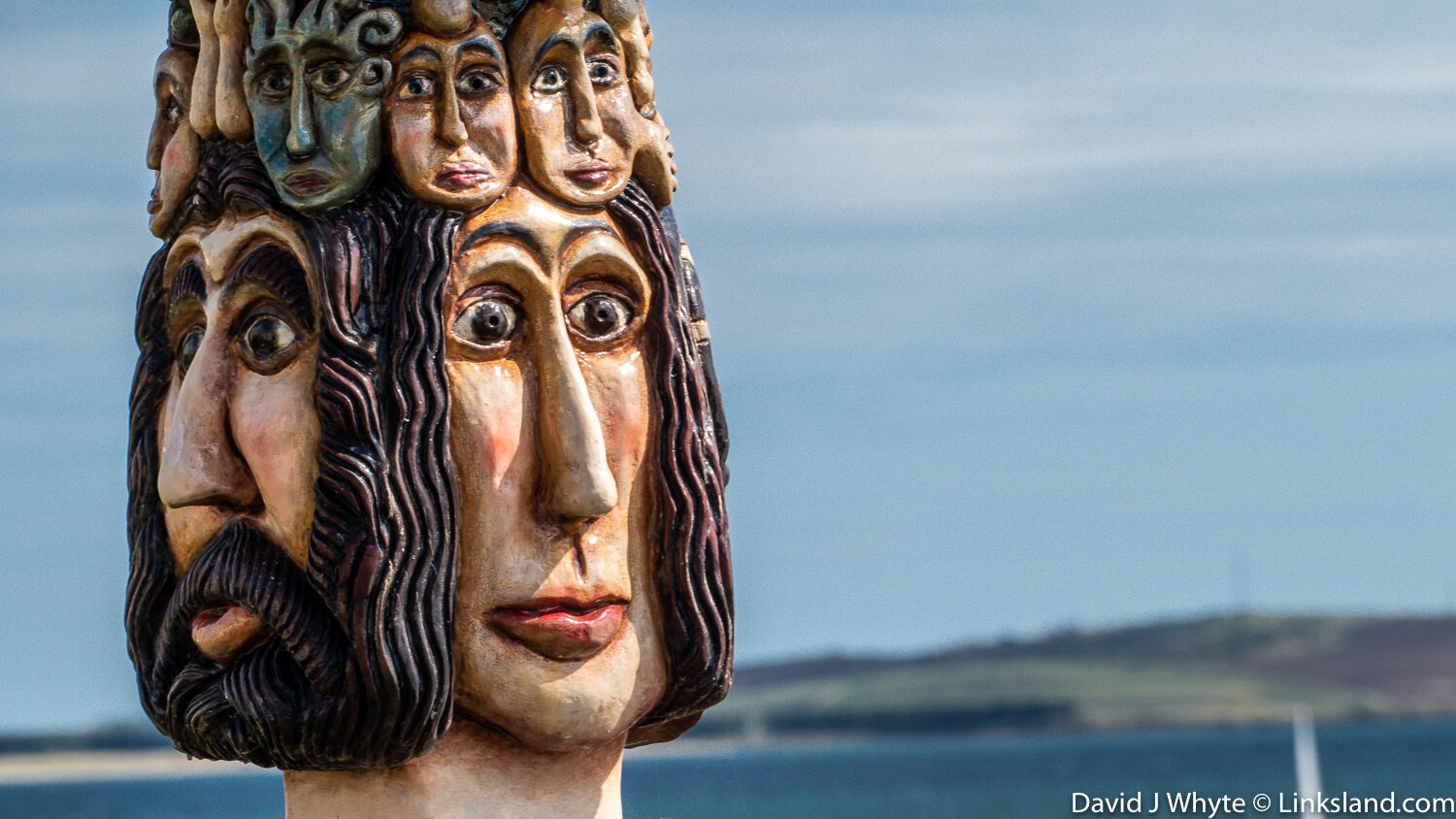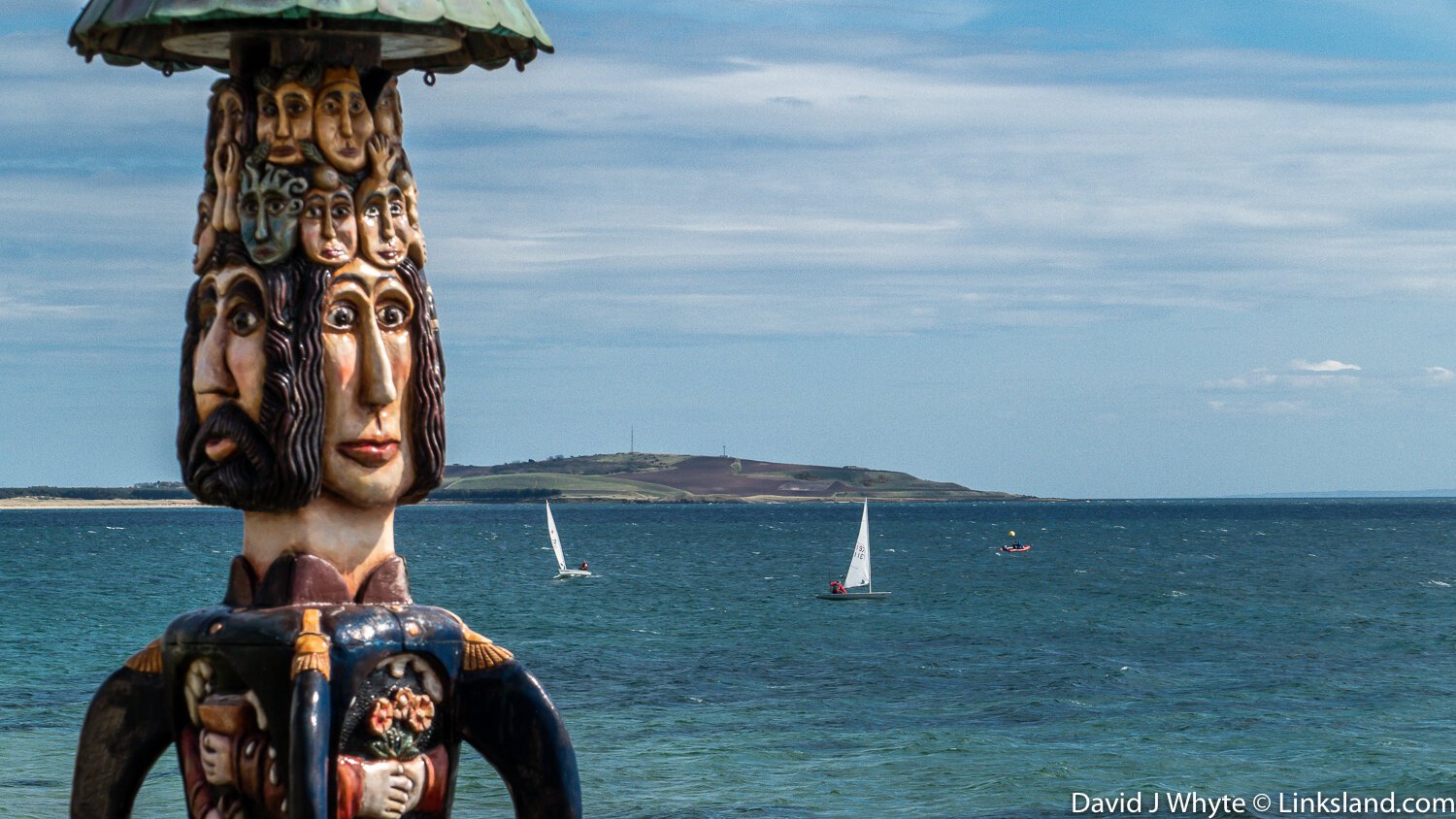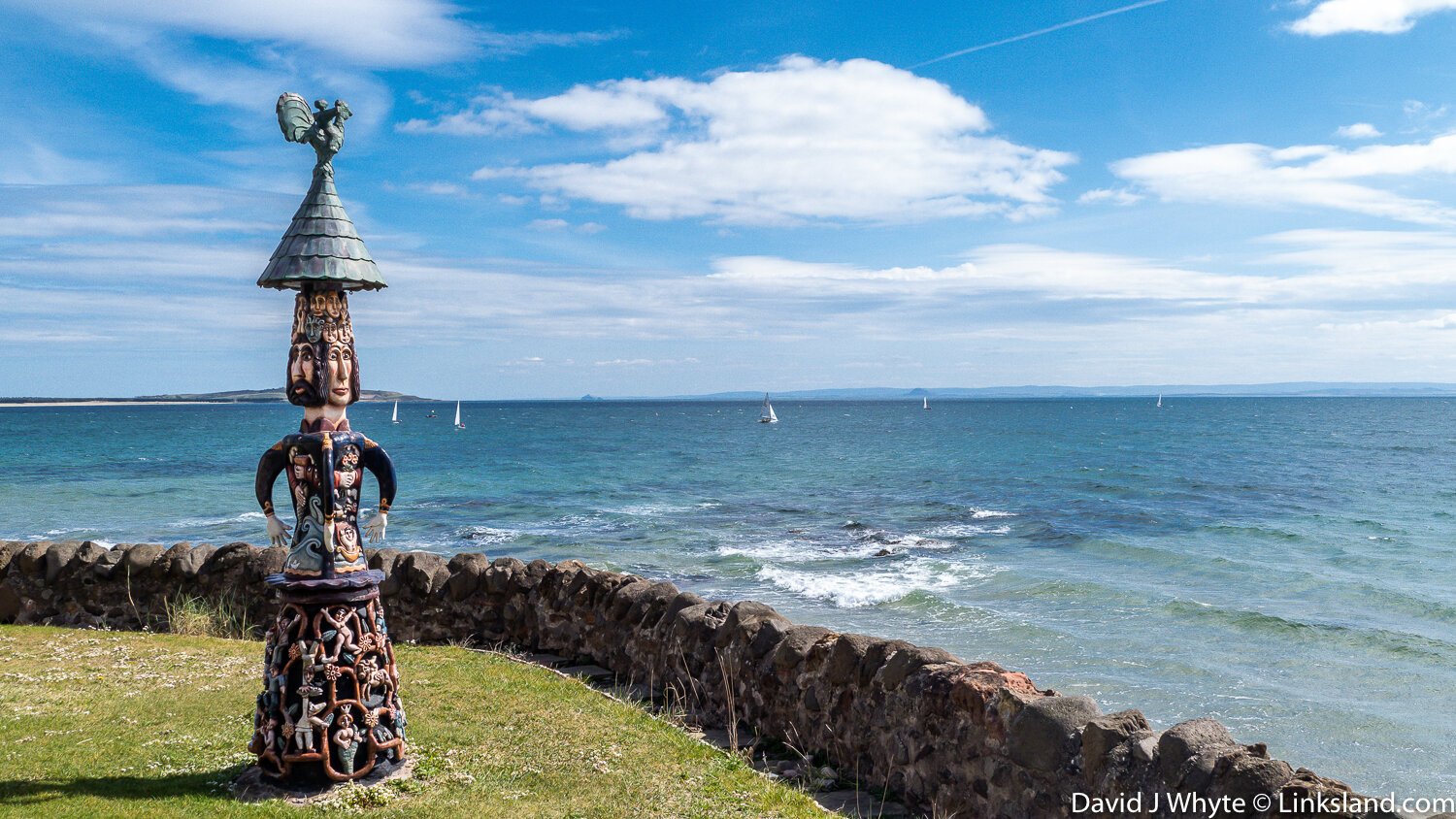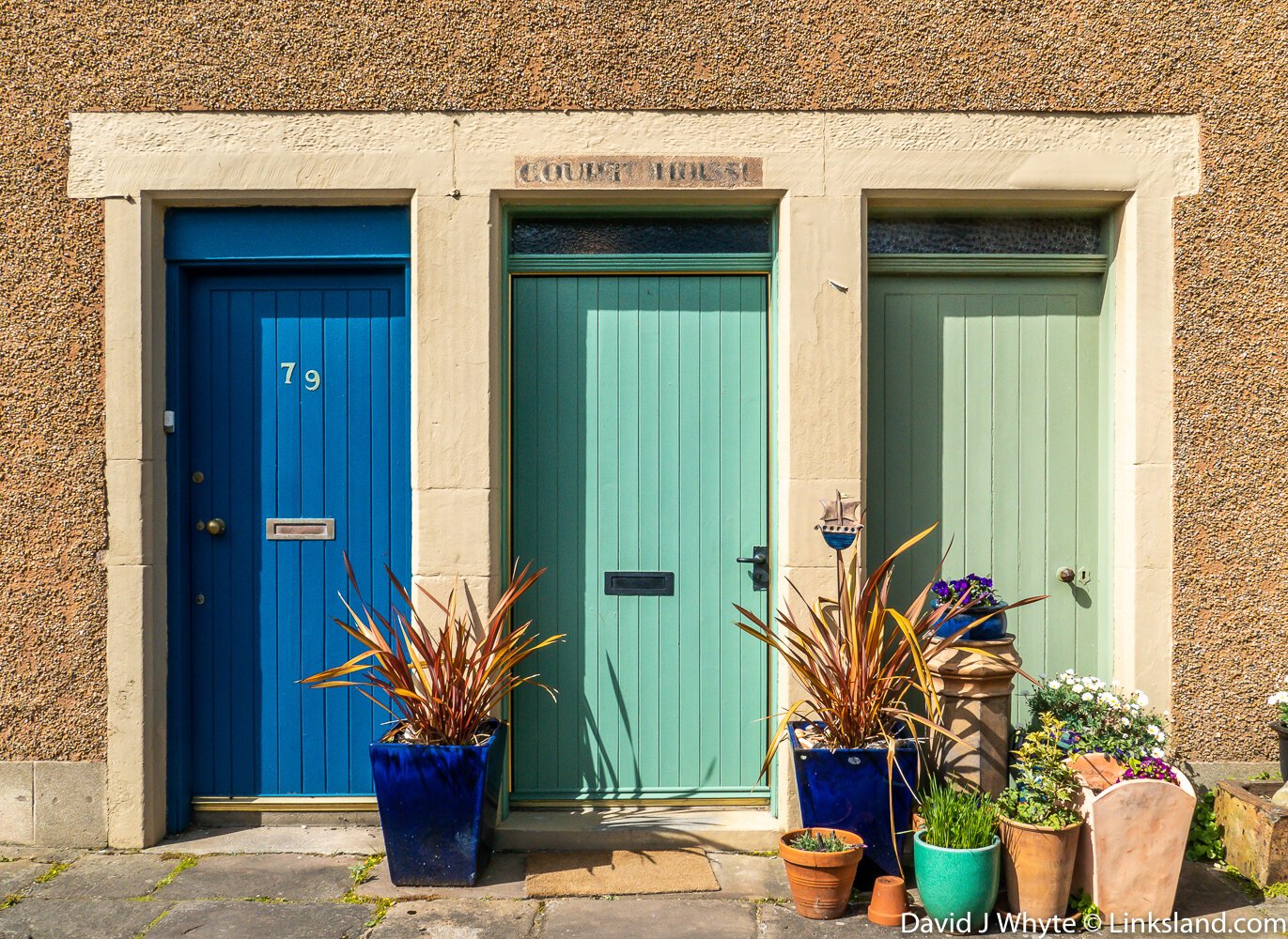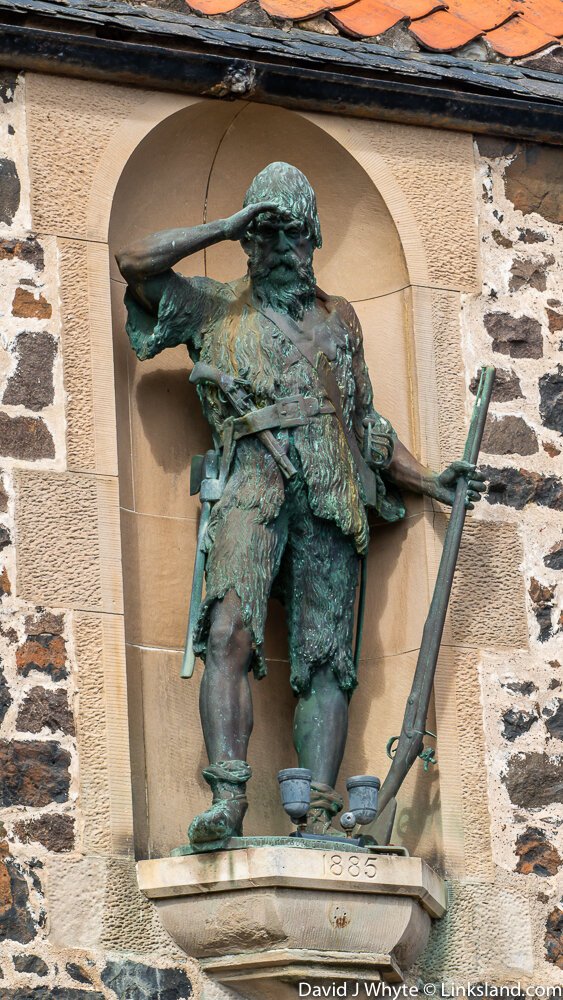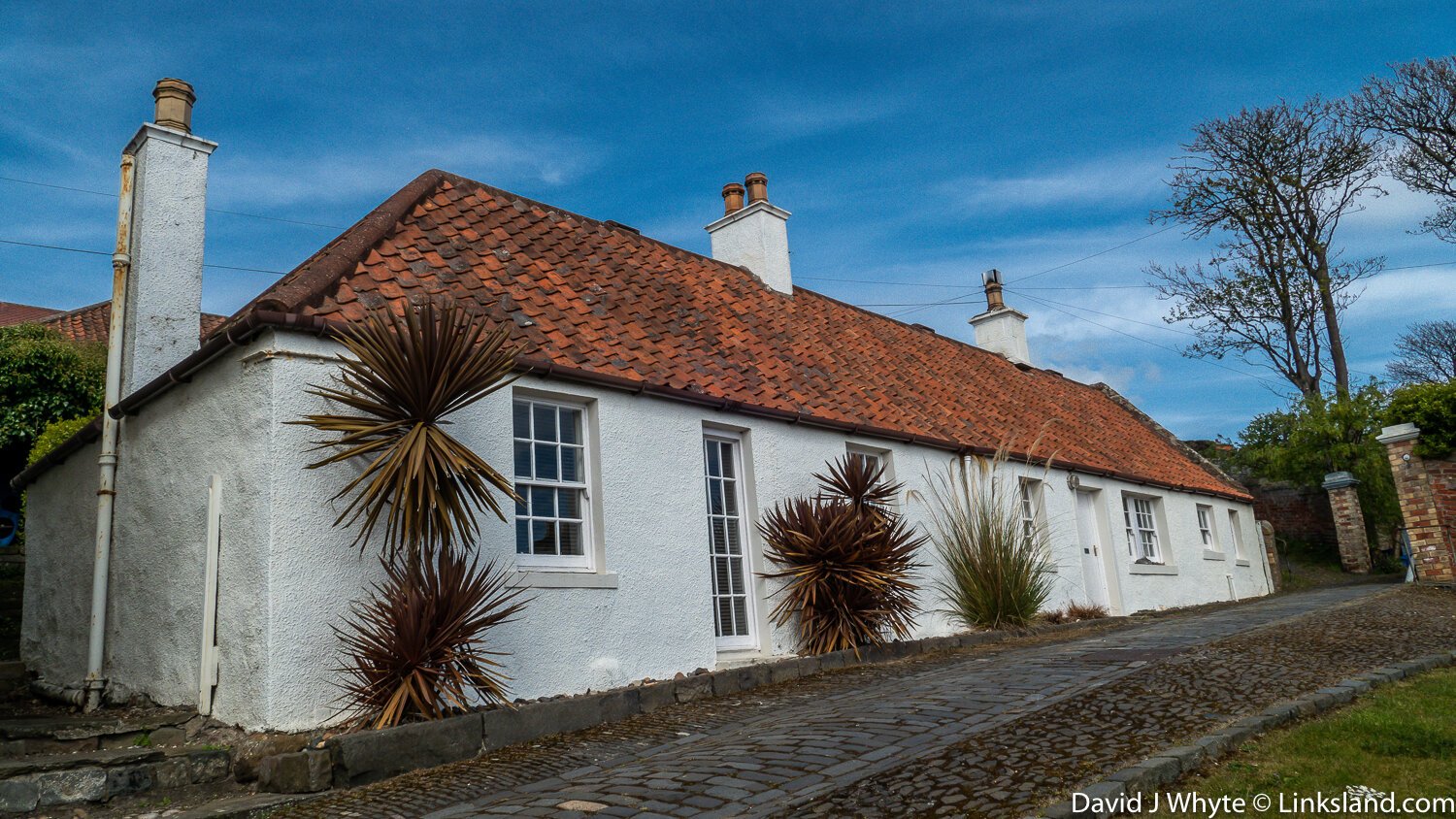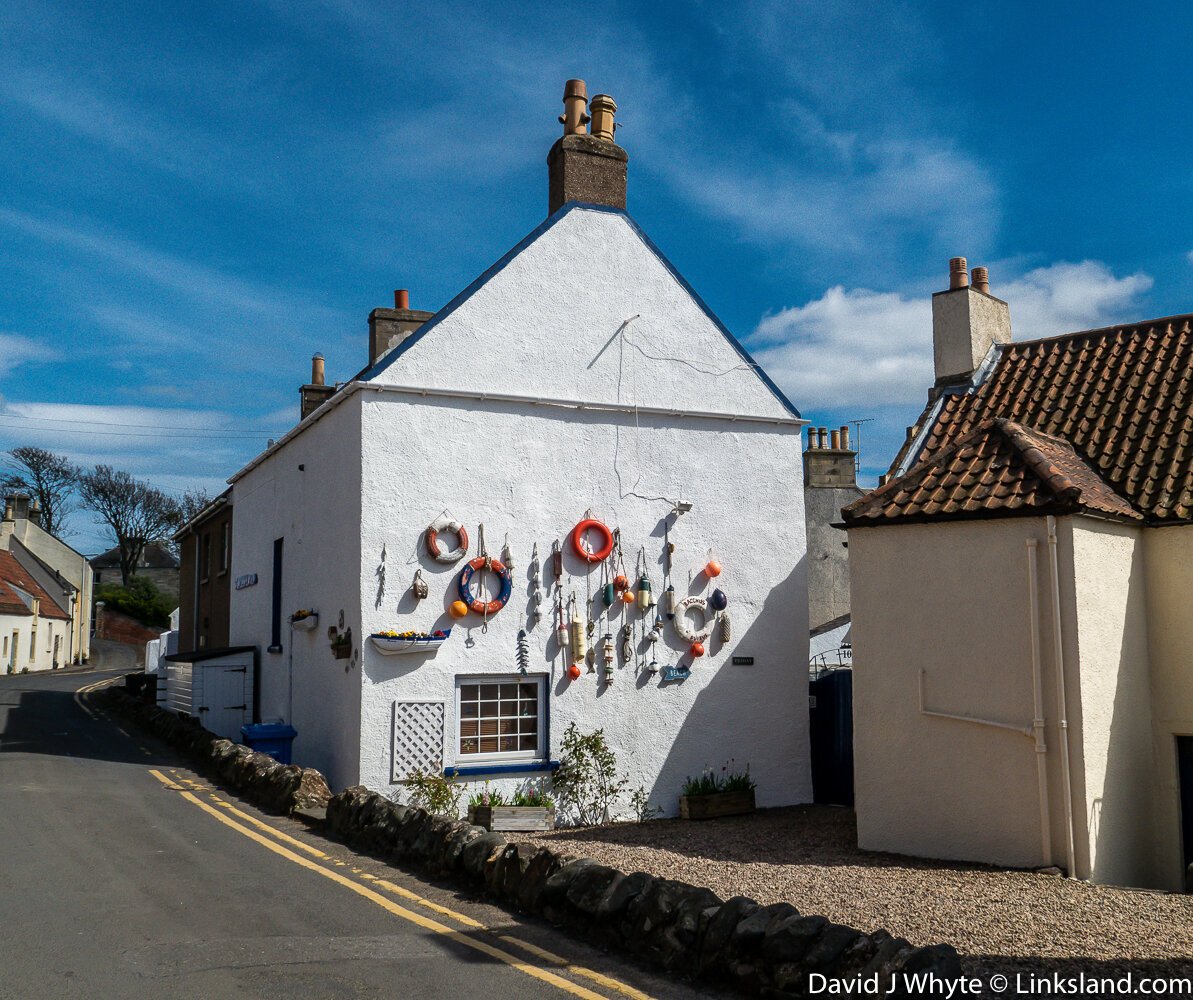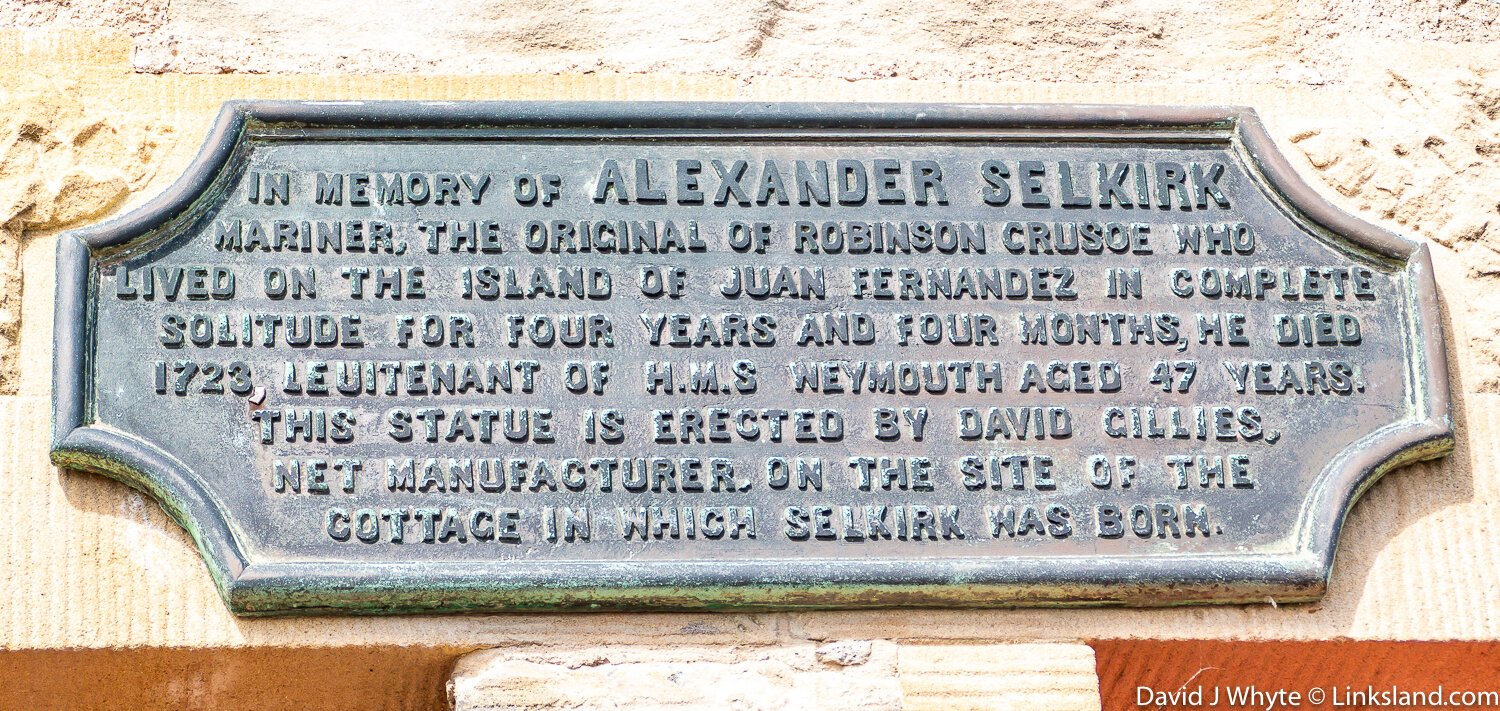The Fabulous East Neuk
“King James VI described the Kingdom of Fife as a ‘beggar’s mantle fringed with gold! Nowadays, it’s fringed with golf!”
Crail Harbour is still a busy little port landing lobsters and crabs. Artists proliferate too, capturing the wonderful textures and colours of this most ancient harbour.
King James was singing the praises of the Kingdom’s coastal communities. I don't know if he was ‘dissing’ the rest of the county but I kinda get where he was coming from!
OUTSTANDING GEMS
Fife’s East Neuk is outstanding, only 15 minutes south of St Andrews and definitely worth a morning or afternoon meandering around its cobbled lanes and cute little coffee shops & cafes.
How did such a collection of cute fishing villages come about? Trade relations between Scotland and the Low Countries (Holland, Flanders, Belgium) thrived from the 14th century onwards and Scottish boats would sail from Leath, near Edinburgh as well as the coastal villages of Crail, Anstruther & Pittenweem carrying coal, salt, wool and wood. They’d then come back laden with pantiles for ballast. This is where those distinctive red pantile roofs originated from and are still seen throughout Fife and the East Lothians.
They also brought back the game of golf!
“They also brought back the game of golf!”
KOLFEN
A game called ‘kolfen’ was already established in the Netherlands and Belgium, a winter sport played on frozen rivers & lakes where they’d strike a puck towards an iron stake. A summer version also developed played in courts.
Scottish sailors & traders observed the sport and no doubt thought, “We can do that!”
The coastal fringes of East Lothian, Fife, Angus and Aberdeenshire had long stretches of linksland, sandy flatland not much good for anything but light sheep grazing and the breeding of rabbits. It was here the sailors adapted their version of ‘kolf’, this time trying to get a ball into a hole. Stakes were inserted to mark out the hole, no doubt topped with a rag or flag to see it and the sheep helped by forming hazards such as sandy bunkers.
And so the game of golf as we know it gradually emerged…
“In the annals of golf, this protrusion reaching out into the North Sea undoubtedly witnessed the beginning of it all…”
Pick up a fresh lobster for lunch at Crail Harbour
The Village of Crail
Step back in time to some of the old fishing cottages that stand resistant to the waves and wind of Fife’s East Neuk
“My favourite is undoubtedly the village of Crail and its wonderful, picturesque harbour. ”
This timeless cluster of ancient fishing villages remains little changed through the centuries. Each has its own unique character and charm reflecting back to times when they were thriving seaports.
My favourite is undoubtedly the village of Crail and its wonderful, picturesque harbour.
From Crail's wide main street, steep cobble-stoned wynds run down to the harbour, this being the oldest part of the village. Landscape painters and photographers spend hours here. The small anchorage caters mainly for lobster and crab fishing boats and creel-markers are seen in the water all along the coast.
The Golf Hotel is where they met to create Crail Golf Club.
Robinson Crusoe
A statue of Robinson Crusoe on the site where Andrew Selkirk’s birth cottage once stood, erected by his relative
Skirting the shores of Largo Bay are three charming hamlets, Upper Largo, Lower Largo and Lundin Links. Lower Largo is probably the best known as the birthplace of Alexander Selkirk, the reputed inspiration for Daniel Defoe's ‘Robinson Crusoe’. A statue of Crusoe looking expectantly out to sea can be found in the village. According to local legend, the man’s manner was so obnoxious his shipmates set him down on a desert island and left him to his fate.
Cardy House, Lower Largo was the home of Selkirk’s present-day relatives, the Jardines when I visited in the ‘90s. Now it seems to be a group of rather disparate flats.
On an East Neuk photographic tour, I met Selkirk’s relative Ivy Jardin, her husband a direct descendant. She and her son had visited the Chilean island of Más a Tierra where, in 1704, the hapless Selkirk had spent 4 years. But there is controversy to this tale and I wonder if this is why the local tourist authority doesn’t make more of it. Some say Selkirk hijacked the story and said it was himself that Defoe had written about when in fact there were, according to more scholarly studies, a number of tales that Defoe had drawn from. I did not raise this with Mrs Jardine at the time as she was so involved in promoting the village and the idea that her relative had indeed inspired the book. She invited me to her home for a cup of tea and what a place that was; a Victorian preserve. She explained she was offering it to the National Trust for Scotland to take over but wasn’t making any headway.







